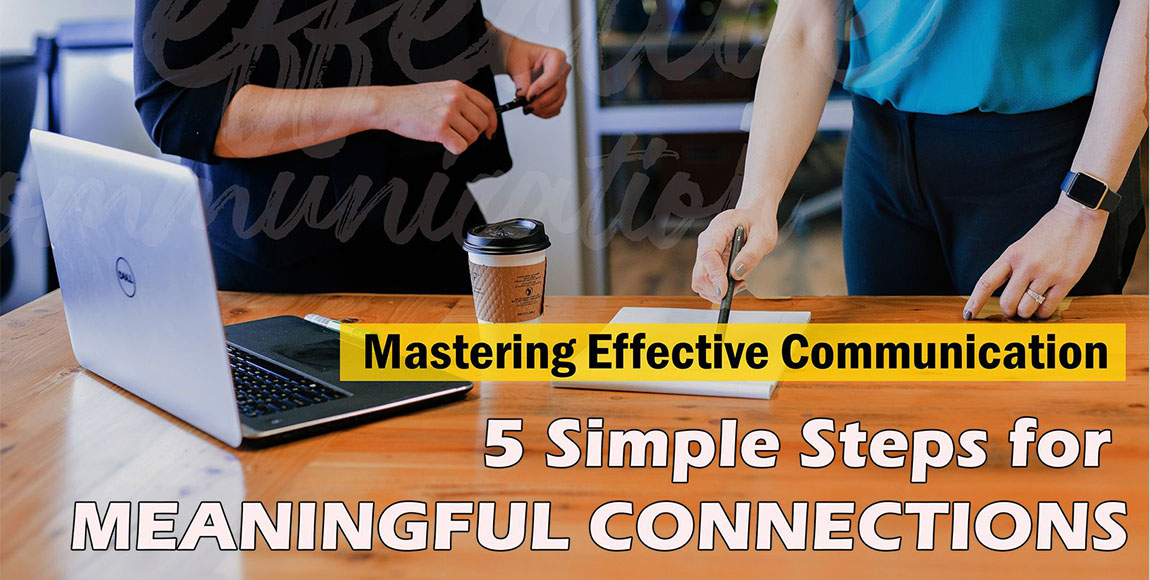
Effective Communication: Steps for Meaningful Connections
Communication forms the foundation of our interactions with others. Effective communication plays a key role in building meaningful connections, both in personal and professional settings. It involves more than just talking; it requires active listening, empathy, and clarity of expression. In this article, we will explore the four basic steps of effective communication: observe, feel, need, and ask. By understanding and mastering these steps, you can improve your communication skills, foster deeper connections, and achieve better results in your interactions.
1. Observe without bias: Start the conversation with an open mind
Effective communication begins with observation. It is important to engage in dialogue without preconceived ideas or biases. By observing and listening carefully to others, you can create a safe space for open dialogue. Avoid jumping to conclusions and allow the speaker to fully express their thoughts and opinions.
2. Express real emotions: Communicate authentically
The second step to effective communication is expressing real emotions. Sharing your true feelings and emotions allows for open and honest dialogue. Be authentic and transparent in expressing your thoughts, as this helps build trust and connection with the other person. However, it is important to respect the other person and consider the impact your words will have on others.
3. Understand the purpose of the conversation: Communicate with a clear purpose
Communication should go beyond mere conversation; when opening a conversation, you should understand what should be understood by the other party after this communication, or what effects and purposes can be achieved. A conversation without a purpose cannot be called communication, but just chatting and gossiping.
4. Make clear requests: Avoid too much guesswork
Effective communication includes making clear requests. Clearly state your expectations and what you need from others. By expressing your requirements in a concise and understandable manner, you increase their understanding and give them a better picture. Avoid assumptions and be specific about what you want.
5. Nonverbal Communication: Speaking without Words
Nonverbal communication, including body language, facial expressions and gestures, plays an important role in conveying information. Pay attention to your own nonverbal cues and watch for signals from others. Aligning your nonverbal communication with your speech can promote consistency and clarity in your message.
Conclusion
In conclusion, effective communication is vital for building meaningful connections in both personal and professional relationships. By following the four steps of communication: observation, expressing genuine emotions, understanding needs, and making clear requests, you can enhance your communication skills and create more successful interactions. Active listening, empathy, and non-verbal communication also play important roles in effective communication. By practicing these skills, you can foster understanding, trust, and stronger connections with others.
Remember, effective communication is a continuous learning process. It requires practice, self-awareness, and a genuine desire to connect with others. By mastering the art of communication, you can navigate conversations more effectively, resolve conflicts, and build lasting relationships.